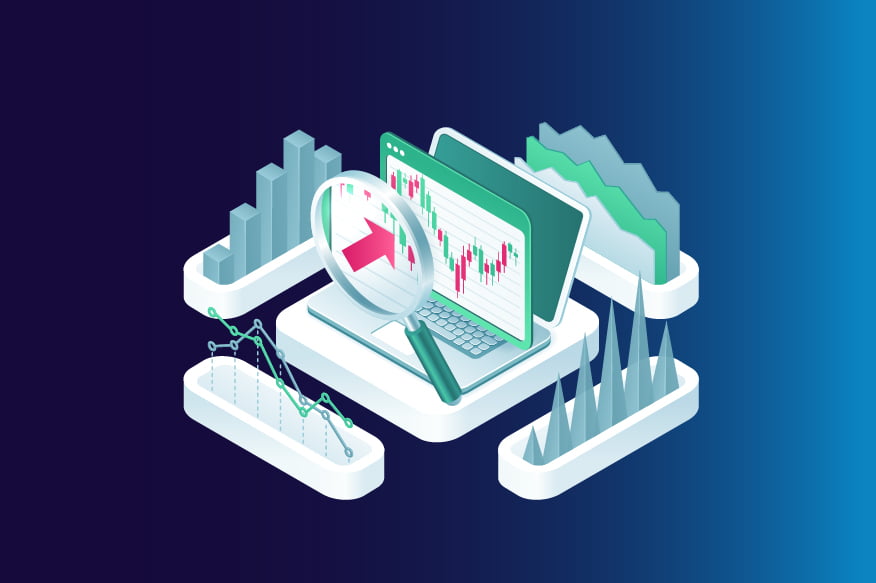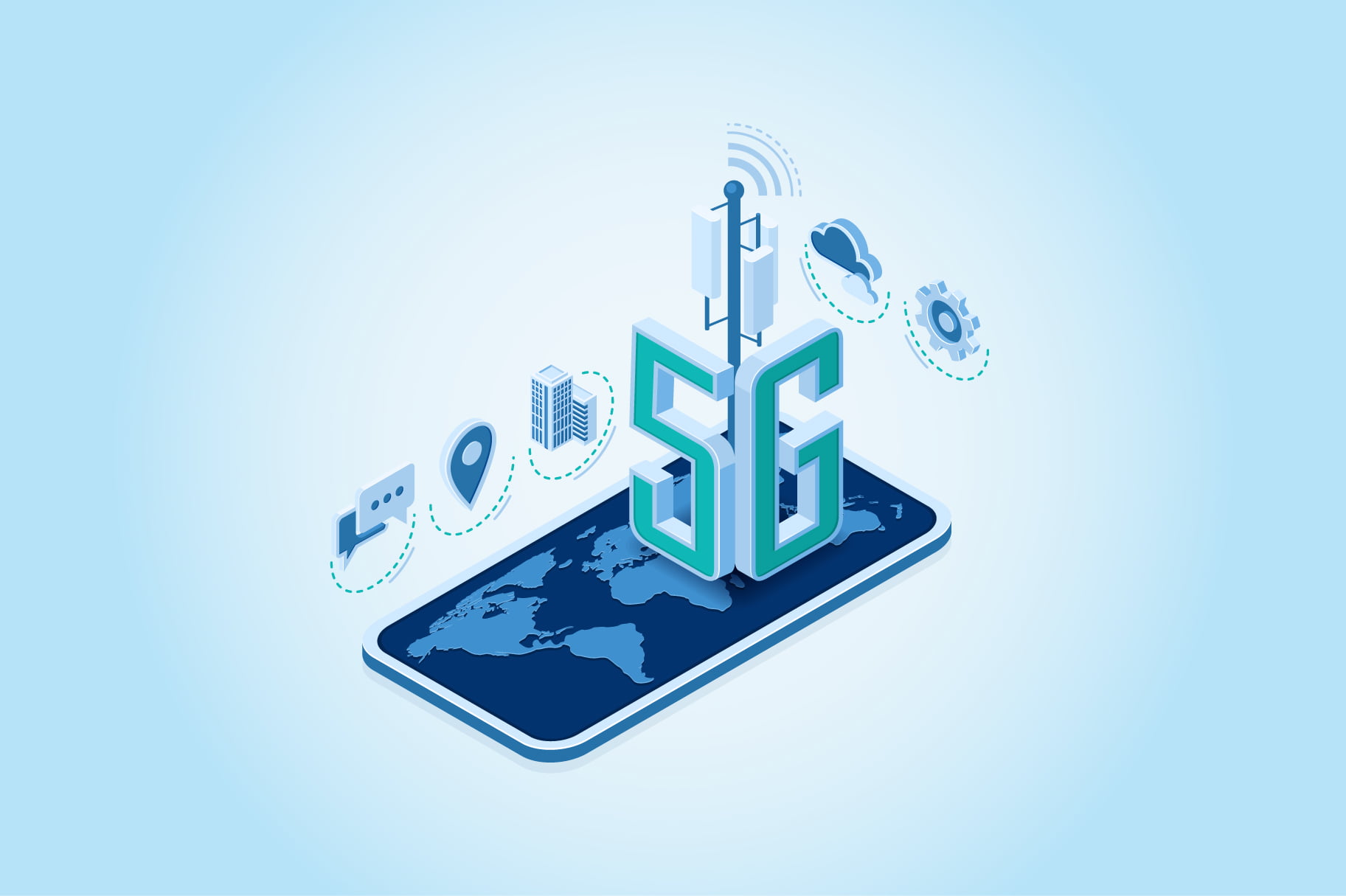
Electronic Data Interchange
Healthcare EDI Transactions
The healthcare industry has its innate nature to handle enormous data which has been a monumental challenge as industry comprises multiple sources and in different formats. In the 1990s’, there were more than 400+ e-formats which were used to transmit patient medical and insurance claims to thousands of different claim processing systems. There were no federal limits on healthcare information processing and rights for end users i.e patients to view and access their healthcare information.
HealthCare Insurance Portability and Accountability Act (HIPAA) enacted in 1996 has a goal to have a paperless healthcare ecosystem which can be efficient, thus cheaper healthcare services, data distribution, retrieval, search and analysis can be achieved.

Healthcare Transactions can be broadly divided into four steps
- Enrollment/Maintenance
- Setup
- Pre-Healthcare Delivery
- Post-Healthcare Delivery
Enrollment/Maintenance:
This step involves bringing patients in the HIPAA healthcare system through an established process. This step has two below transactions
834 – Benefit Enrollment & Maintenance
834 is used by government agencies, sponsors, healthcare consortium, insurance agencies to get healthcare members to payers. This 834 e-format mainly consists of member enrollment processes including benefits, subscription plans and member demographic info.
834 can be used for any of these functions:
- Brand new enrollments
- Change for members
- Reinstatement of member
- Termination of member
Predominantly, 834 files are sent during US Fiscal year end – Nov or Dec to get prepared for next financial year.
820 – Payment Order & Remittance Advice
The premium payment for insurance products is done through 820 e-format. Healthcare Providers use 820 to make payments to insurance conglomerates. Payment ref no is shared through this 820 e-format to enable the health plan’s system to match up the payment with insurance coverage.
820 also explains full and partial payment details.
Setup:
This stage involves making the healthcare system ready to engage patients into the HIPAA regulatory ecosystem.
275 – Personal Health Record
This is used to communicate confidentially each patient information requests and its info (either solicited or unsolicited) between separate healthcare entities.
832 – Healthcare Fee schedule
This is also known in general as Price sales catalog. This is used to send healthcare plan to a provider
274 – Healthcare Provider Directory
This X12 format used to communicate professional/education qualifications and its demographics about healthcare providers
Pre-Healthcare Delivery:
This stage enquires about validity of healthcare eligibility
270 / 271 – Healthcare Eligibility Inquiry / Response
270 X12 used by healthcare providers to check if subscribers are eligible for healthcare benefits. This transaction set may be used by all lines of insurance such as Health, Life and Property and Casualty
271 X12 is used to respond to the request to inquire about healthcare benefits and subscriber eligibility. This can be used to share changes to eligibility coverage or benefits from sources (insurers, sponsors) to information receivers (physicians, hospitals, agencies)
278 – Healthcare Services Review Request or Response
EDI 278 X12 is used to share healthcare service information such as subscriber, treatment data, patient demographic and diagnosis. This EDI transaction can be used for review, certification, notification or reporting the outcome of healthcare services review. Unlike other EDI transactions, a single 278 is used only for one patient and its one event.
Post Healthcare Delivery:
This part forms vital part of Healthcare EDI lifecycle
837 – Healthcare claim – I/P/D
EDI 837 is used to present healthcare claim billing and encounter information. This is sent from providers to payers. It can be sent directly or via middle man billers or through a claims clearinghouse. This does not include pharmacy claims submitted through retail stores.
EDI 837 Institutional – I is used to submit healthcare financial, billing and encounter information. This can be used to transmit within different payers or between payers and regulatory agencies
EDI 837 Professional – P is used by healthcare professionals like physicians, hospitals and other medical professionals to submit claims.
EDI 837 Dental – D is used by Healthcare professional specifically Dentist to submit Dental claims
276 / 277 Claim Status Inquiry / Response
EDI 276 is used by healthcare providers to enquire about healthcare claim status from healthcare services recipients.
EDI 277 is used by healthcare payers to provider response for healthcare claim status inquiry.
An acknowledgement EDI 999 can be sent immediately when EDI 276 is received and this can be followed by EDI 277.
EDI 277 does not replace EDI 835 Healthcare claim Payment / Advice. It is not used for account payment posting.
835 – Healthcare claim Payment / Advice
EDI 835 is used by health Insurers to make payment, send explanations of benefits (EOB), and remittance advice to providers, either directly or via financial institutions
Multiple 835 transactions may be made in response to one 837. However, one 835 response may be made to multiple 837 claim submissions in general. Thus, it is best not to expect a single 835 to match one-to-one with a single 837 as a matter of course.
Major difference between 820 and 835: 820 mainly used by plan sponsors to transmit info on premium payments to healthcare plans. 835 is used by health plans for transmitting info on payments to healthcare plans.
Categories
- Artificial Intelligence (1)
- Business Intelligence (12)
- Cloud computing (1)
- Digital Data Analytics (3)
- Electronic Data Interchange (27)
- Internet of Things (1)
- Mobile app (1)
Recent post







